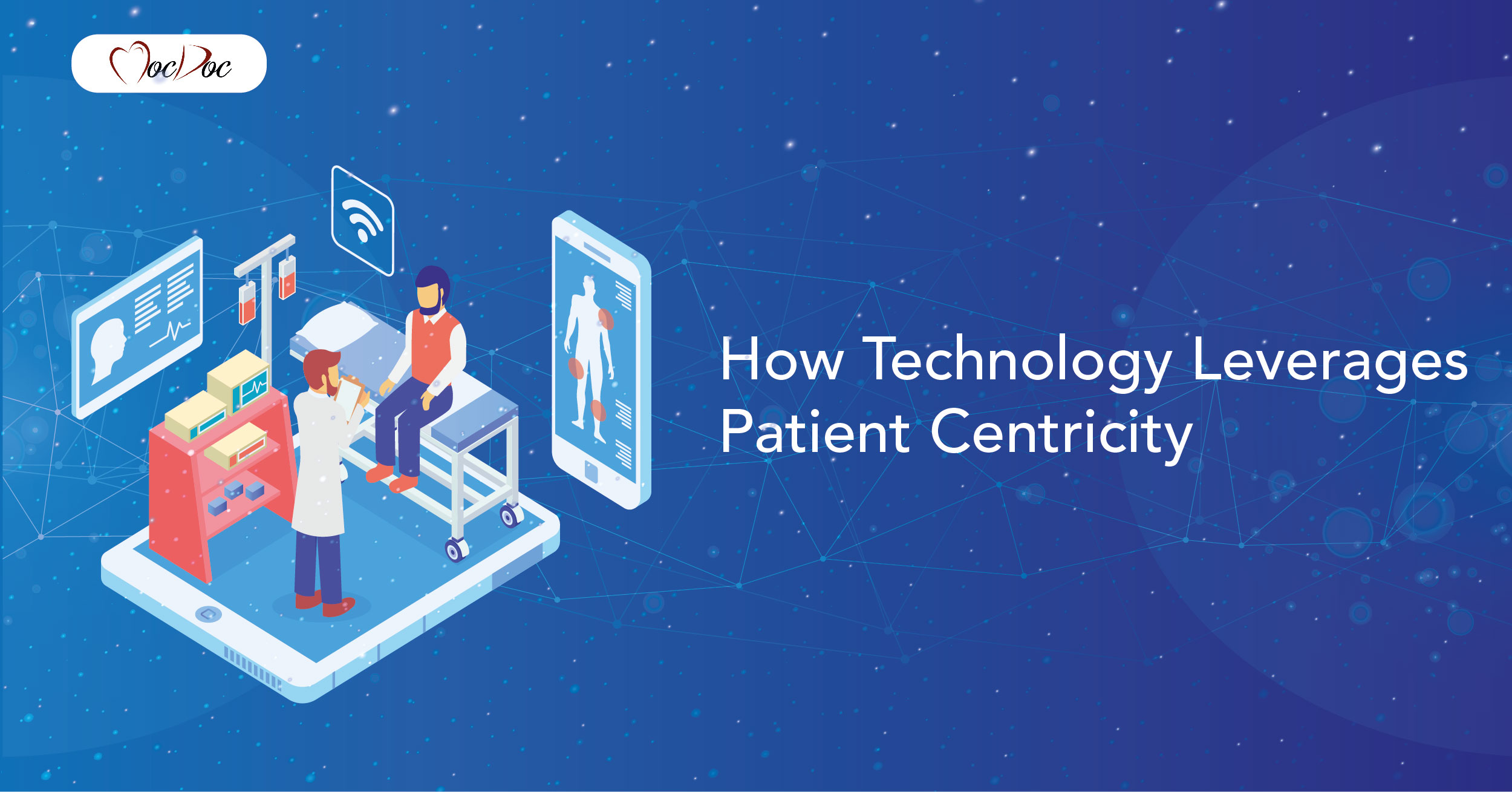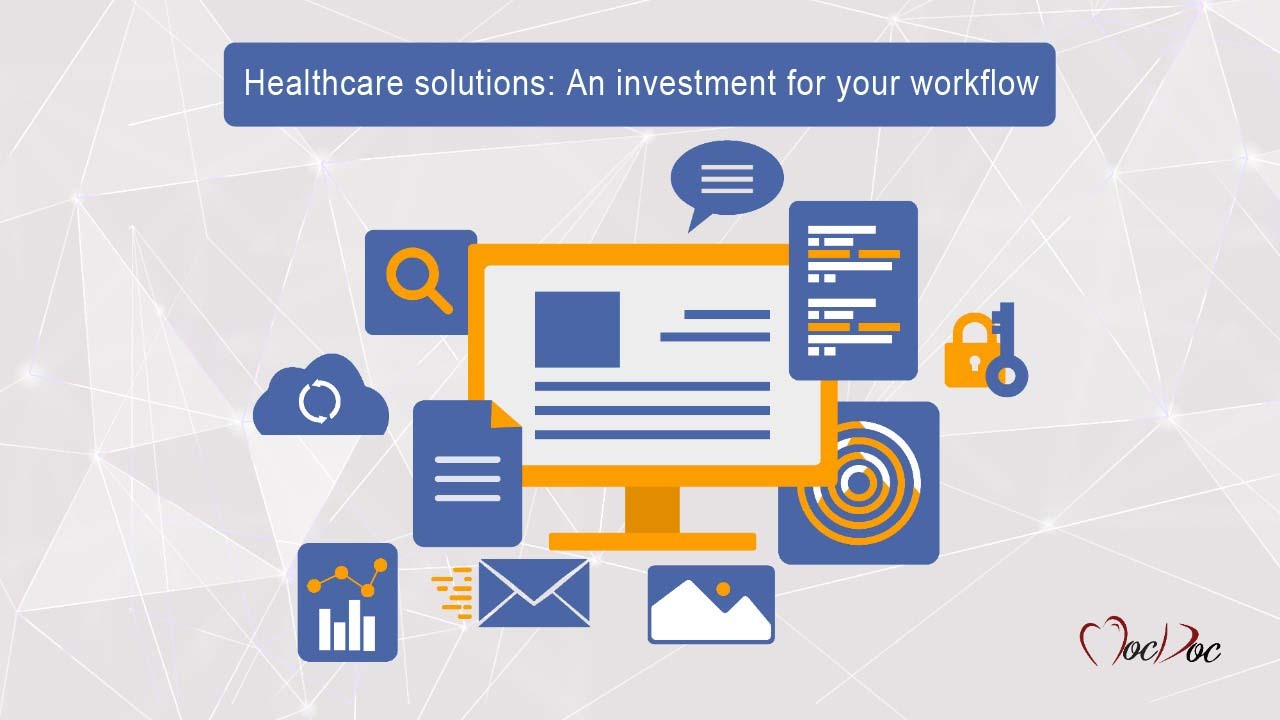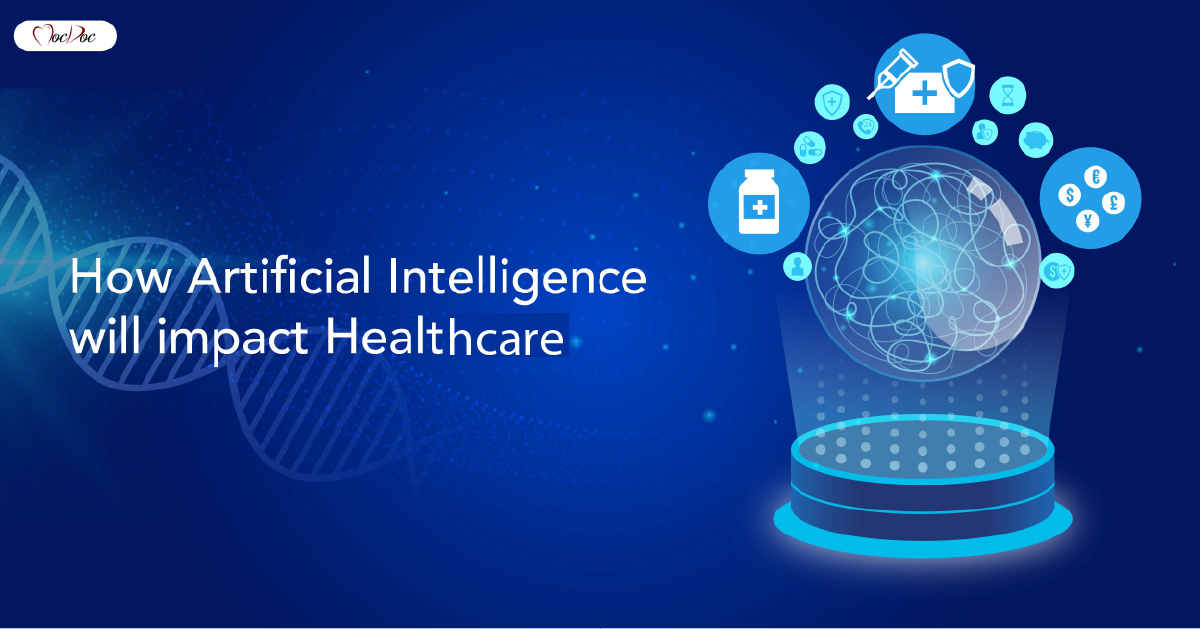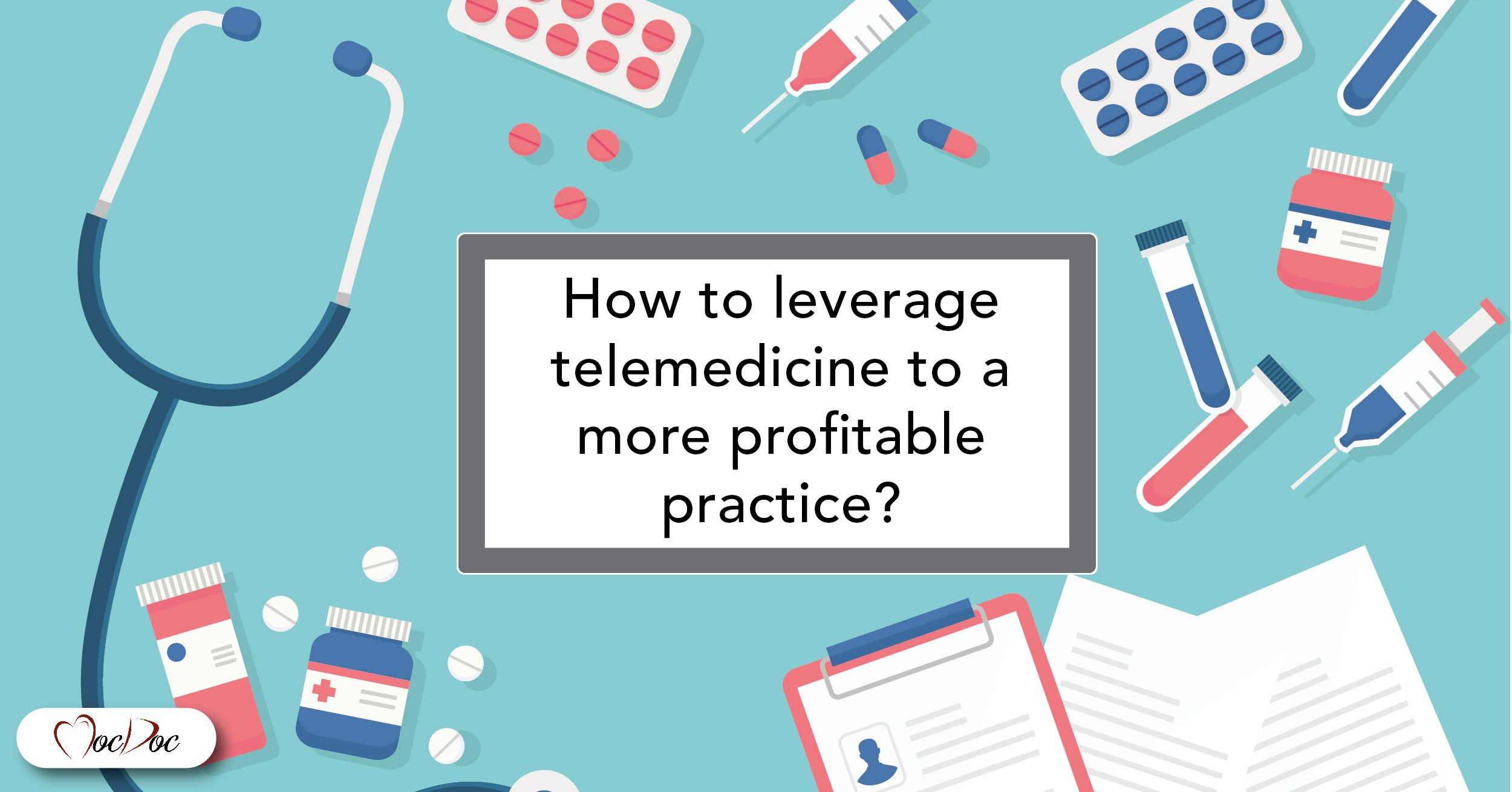MocDoc's Offerings
How Technology Leverages Patient Centricity
Published By
Sanjana
2019082313:20:50
Category Healthcare

Imagine the following scenarios:
An electrocardiogram necklace that helps the physician track the patient’s health.
A chip in a pill is used for sending data to a web portal from the body and also the capability of your doctor to check the patient’s treatment progress.
A fetal monitoring device that observes the women remotely with pregnancies of higher risks.
The above are some of the visuals which can happen in the future of Healthcare and medicine. These types of unsetting technologies are redefining the patient experience and transforming outcomes in the clinics of the healthcare industry. Different data points show this effective modification. The life expectancy has increased to 60 years from 30 years between 1800 and 2000 at 1.5 years average rate per decade. The likelihood has now expected to be 90 years by the end of 2020 and at a 15 years per decade average or 10 times faster than that and this is what we call a Patient centricity world. In this blog, we will check out patient-centricity in-depth and how technology is used to enhance them.
What is Patient Centricity?
There are three significant aspects when it comes to defining patient centricity. Let’s check them below.
Making use of patient data efficiently for better treatment, monitoring, diagnosis, and R&D. At present, the evidence in the real world is reliably becoming significant, especially in the FDA providing new drug approvals. Correspondingly, the CMS (Centers for Medicare and Medicaid Services) is increasingly accomplishing providers to prefer measures and address outcome data via the execution of the meaningful use regime.
Patient Centricity also deals with improving patient experience and engagement to mold them into active attendants in every decision that is care-related and also enhances the excellent patient experience. The trend has now moved to human clinical trials, especially during the drug development’s advanced stages to engage patients actively.
Patient Centricity helps to enhance the outcome of the patient by shifting the focus to a population health management approach to individual encountering that targets interferences on particular cohorts and holistically at the patient risk.
Digital technologies can be influenced by Healthcare Software and Life science organization to allow patient centricity in a way that creates excellent health outcomes, transform the patient experience, and the boom line, and also boost customer loyalty.
Data encourages Customer Insights:
Enhancing the patient experience takes more time than expanding technologies and also needs data-driven insights. Data is the only fuel that powers an enterprise’s patient-centric strategies. Device data, inventory data, customer data, systems data, etc. offer a 360-degree view which forms the substratum of patient-centric decision-making, sound, and process optimization.
The ability to define more information and in-depth insight is vital for discerning the health journey of the patient and developing outstanding experiences. When you apply AI to the data wealth, Healthcare and life science organizations can expand their understanding of the expectations and experiences of the patient. With this knowledge, they can enhance app features and interfaces, offer customized and individualized experiences, and streamline the process at every point along the journey of the patient.
The combination is Key:
All the technologies and digital data in the world will do little to enhance the experience of the patient in case they do not work in concerts. There is an entirely expandable digital platform that supports the complete journey of the patient, and this is mandatory to offer an outstanding experience.
Adequate healthcare and life sciences amid digital platforms are rooted in a simple, user-friendly, and intuitive design which makes it easy for both healthcare professionals and patients to communicate, share, and access data along with various systems and also initiate actions. These management tools and platforms that include automation enable healthcare and life science enterprises to influence athletic abilities across the enterprises.
Support staff and clinicians can communicate with patients and colleagues in real-time and remotely, the people in the group can reply to the requirements, collaborate rapidly on new services and products, and enterprises can more rapidly take the opportunities advantages.
The healthcare and life science system which efficiently utilizes digital technologies and data to enhance the experience of the patient is OSF Healthcare which analyzes and expands internal and external social, financial, clinical, and operational data to improve the organization and patients. This information is daily updated, enabling OSF to execute new processes and monitor real-time bed availability.
The truth is that OSF can enhance capacity management and efficiency, decrease readmissions by offering physicians a readmission risk score of their people each day, and also gain the insight advantages coming to the system, allowing rapid discussions that focus on the patient requirements.
Bottom Line:
To achieve strong patient-centricity, Healthcare and life science need to expand digital tools and platforms in a way that enhances processes and people to deliver the best goals as per the customer requirements. The technology is required to function as the best part of this type by connecting customer knowledge, facilitating data collection, empowering responsiveness, innovation, and more. It can also play an essential role in operationalizing feedback and measuring performance to make sure the strategies in customer-centric approaches are on track and also can be adapted continually to deliver new value.
By exploring the unique customer experience and organizing processes, technology, and teams to deliver on the vision consistently, different health enterprises can lead in the present patient-driven market successfully.
To know More Visit The Complete Digital Healthcare Solution MocDoc.
Related Articles
Healthcare solutions: An inves...
How could healthcare solutions be i..... Read more
How Artificial intelligence wi...
The healthcare industry has started to see conside..... Read more
Universal healthcare - let’s...
Universal health care is a hot topic for discussio..... Read more
How to leverage telemedicine t...
Leveraging telemedicine to profitable practice hel..... Read more



